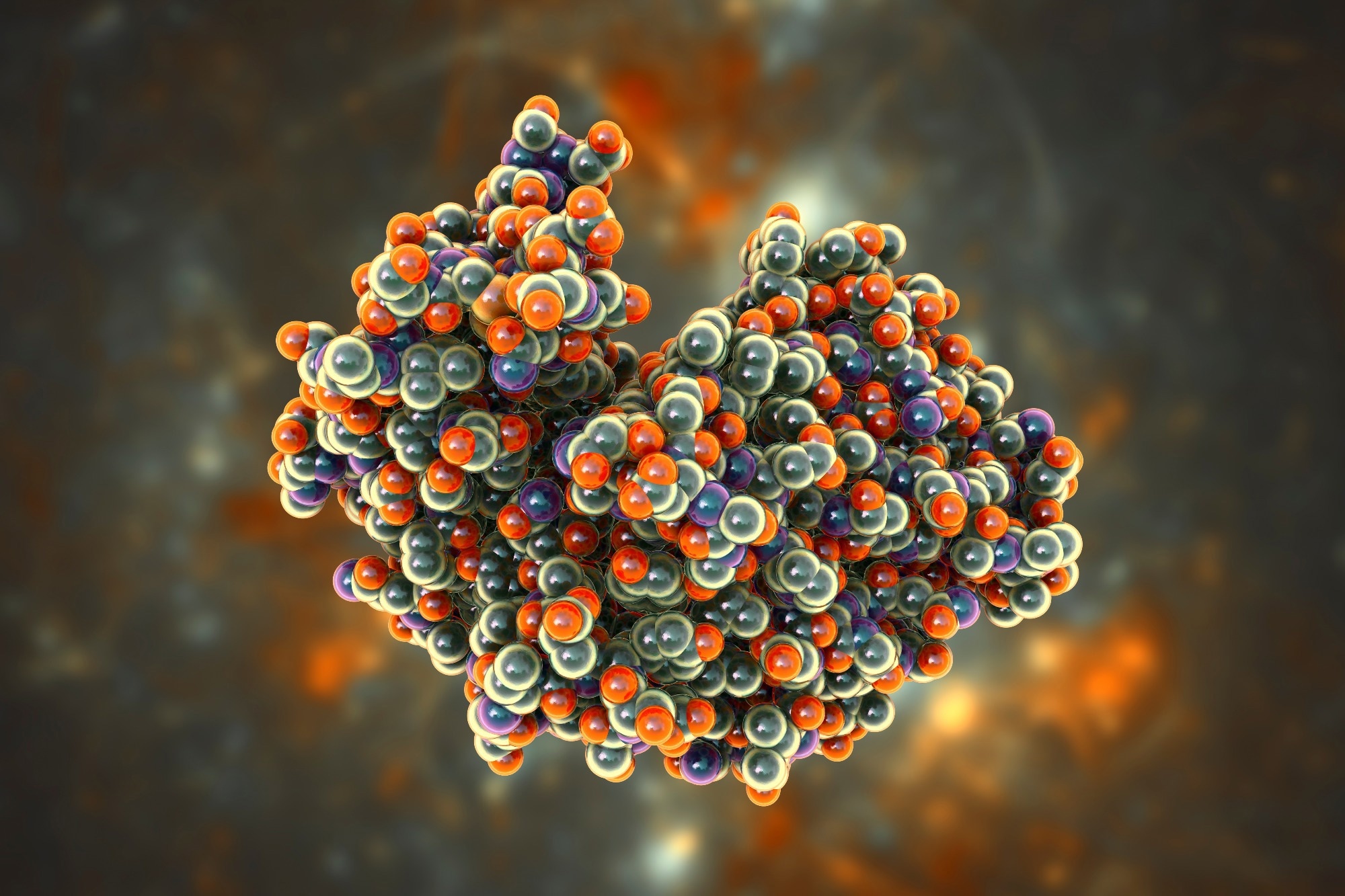Sponsored by Xenocs SASReviewed by Louis CastelOct 17 2022
Investigations into the solution structure of biological macromolecules are frequently conducted using Small-Angle X-Ray Scattering (SAXS). With monodisperse solutions free of aggregates and contaminants, highly accurate results can be achieved.

Image credit: Shutterstock/Kateryna Kon
Multiple biological processes, however, involve structurally heterogeneous multi-domain proteins1 and heterogeneous protein complexes in dynamic equilibria.2–6 While relevant, the transient or unstable character of such samples makes their structural investigation challenging.
A technique called Size-Exclusion Chromatography (SEC) directly combined with SAXS (SEC-SAXS) has been developed to overcome these challenges.7–9
During measurements performed on the BioXolver SAXS instrument, samples eluting from an SEC column flow straight through a SAXS exposure capillary, permitting constant data collection immediately after the separation of individual components.
SEC-SAXS also ensures that clean samples and removes the possible work steps of sample fractionation and subsequent loading on the SAXS instrument for stable samples. Sample agitation and consumption are thus reduced, expediting and facilitating the workflow.
Click here to gain access to the complete application note
References
- Han, J.-H. et al. The Folding and Evolution of Multidomain Proteins. Nat. Rev. Mol. Cell. Bio. 2007, 8, 319-330
- Ali, M. & Imperiali, B. Protein Oligomerization: How and Why. Bioorganic Medicinal Chem. 2005, 13, 5013-5020
- Berger, I. et al. Structural Insights into Transcription Complexes. J. Struct. Biol. 2011, 175, 135-146
- Knowles, T. et al. The Amyloid State and Its Association with Protein Misfolding Diseases. Nat. Rev. Mol. Cell. Bio. 2014, 15, 384-396
- Marsh, J. & Teichmann, S. Structure, Dynamics, Assembly, and Evolution of Protein Complexes. Annu. Rev. Biochem. 2015, 84, 1-25
- Vestergaard, B. Analysis of Biostructural Changes, Dynamics, and Interactions – Small-Angle X-Ray Scattering to the Rescue. Arch. Biochem. Biophys. 2016, 602, 69-79
- David, G. & Pérez, J. Combined Sampler Robot and High-Performance Liquid Chromatography: A Fully Automated System for Biological Small-Angle X-Ray Scattering Experiments at the Synchrotron SOLEIL SWING Beamline. J. Appl. Crystallogr. 2009, 42, 892-900
- Pérez, J. & Nishino, Y. Advances in X-Ray Scattering: From Solution SAXS to Achievements with Coherent Beams. Curr. Opin. Struc. Biol. 2012, 22, 670-678
- Pérez, J. & Vachette, P. Biological Small Angle Scattering: Techniques, Strategies and Tips, Springer 1009, 183-199
- Bucciarelli, S. et al. Size-exclusion chromatography small-angle X-ray scattering (SEC-SAXS) of water soluble proteins on a laboratory instrument, J. Appl. Crystallogr. 2018.

This information has been sourced, reviewed and adapted from materials provided by Xenocs.
For more information on this source, please visit Xenocs.